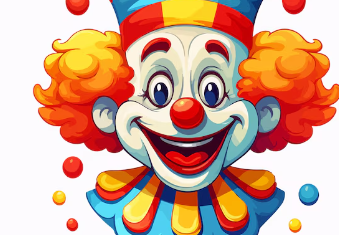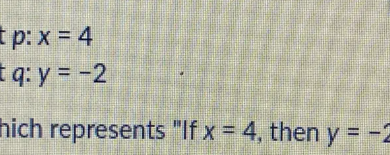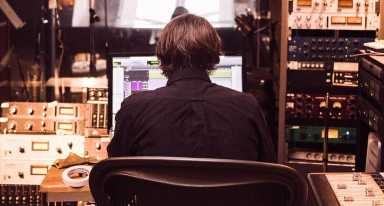With vibrant colors and exaggerated features, Drawing:Tj4pulrjsnq= Clown reveals an unexpected depth

The art of Drawing:Tj4pulrjsnq= Clown presents a fascinating dichotomy between humor and deeper emotional resonance. Clowns, with their exaggerated features and vibrant palettes, serve not only as symbols of joy but also as vessels for complex emotional narratives. Understanding the historical context and techniques inherent in this art form can significantly enhance an artist’s ability to capture this duality. As we explore the various methods and emotional impacts of clown imagery, one might ponder: what lies beneath the surface of this seemingly lighthearted subject?
The History of Clown Art
The history of clown art spans several centuries, evolving from its origins in ancient theatrical traditions to a multifaceted form of performance that reflects societal values and cultural shifts.
Clowns have served as both entertainers and social commentators, their cultural significance rooted in the ability to challenge norms, evoke laughter, and provoke thought.
This illustrates the dynamic interplay between humor and the human experience throughout history.
See also The Dragon:Jw0i6w7mapq= Lizard color-changing abilities reveal secrets about its survival
Techniques for Drawing Clowns
Mastering the art of clown illustration requires a keen understanding of exaggerated features, vibrant color palettes, and expressive body language. Each element contributes to the character’s unique persona and emotional resonance.
Emphasizing sketching basics is essential for capturing proportions, while a solid grasp of color theory enables artists to evoke mood and personality. This understanding ultimately enhances the whimsical yet profound nature of clown imagery.
Emotional Impact of Clown Imagery
Clown imagery elicits a complex emotional response, often oscillating between joy and melancholy, reflecting the duality of human nature and the intricate layers of performance art.
Joyful expressions juxtaposed with fear symbolism create a fascinating tension, compelling audiences to confront their own vulnerabilities.
This interplay not only captivates but also invites introspection, highlighting the rich emotional landscape that clowns inhabit within our collective psyche.
See also Uncover the mysteries of Dragon:K9p5exl1sa8= Nebulae
Conclusion
In conclusion, the art of clown drawing serves as a vibrant canvas that reflects the complexities of human emotion.
Through exaggerated features and dynamic body language, clowns embody the duality of joy and sorrow, akin to a masquerade where laughter conceals deeper truths.
By mastering essential techniques and embracing color theory, artists create a dialogue between whimsy and introspection, inviting viewers to confront their own emotional landscapes.
Ultimately, clown imagery resonates as a poignant reminder of life’s multifaceted nature.




